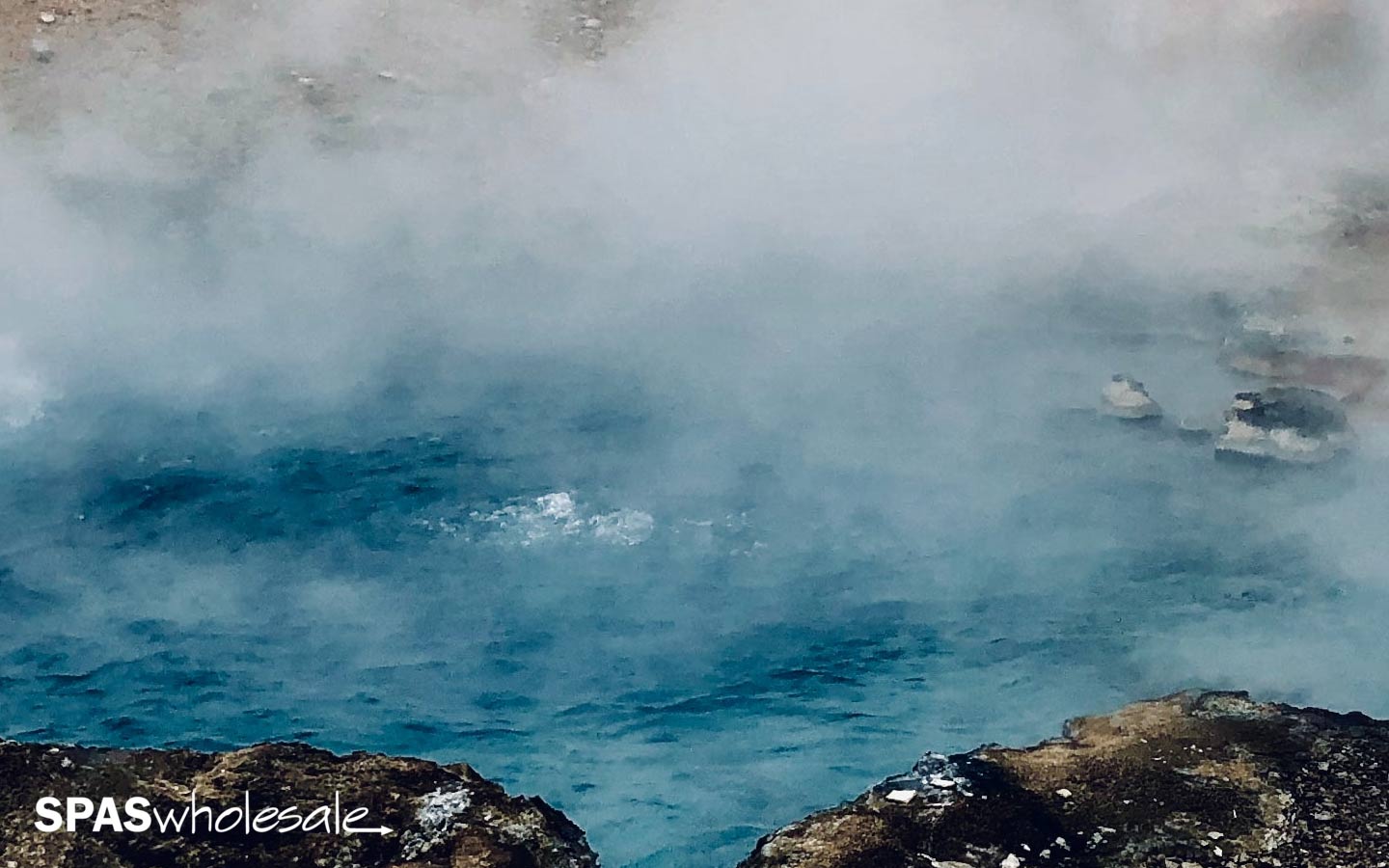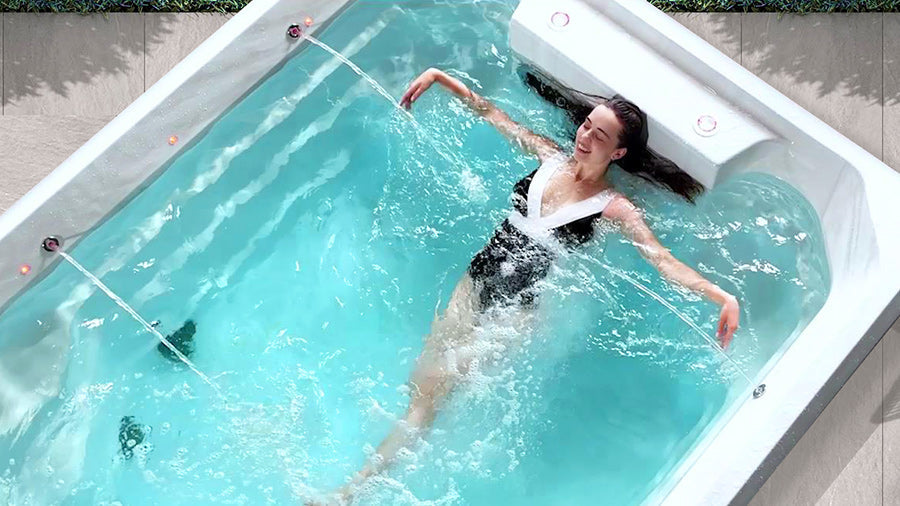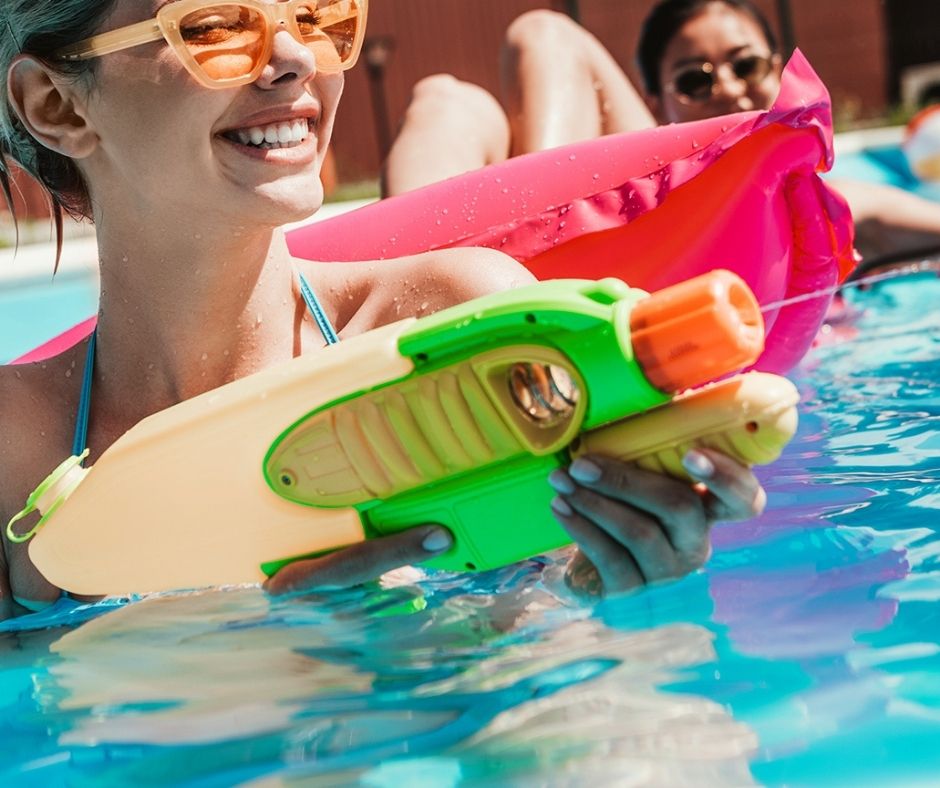The Ideal Hot Tub Water Temperature
Hot water has been used for centuries to help people feel better, relieve pain, and get rid of stress. They are the perfect place to relax in hot water, and spending time in a spa is the ultimate way to decompress and relieve aches and pains.
There are numerous hydrotherapy health benefits. However, it’s important to know your ideal hot tub temperature. And also to be aware of the risks associated with soaking in hot water for an extended period of time.
Your spa is capable of different temperatures. This article is for hot tub owners wishing to learn about the ideal water temperature for their spas.
Hot Tub Temperature Basics
If you suffer from any health issues, especially heart problems, consult your doctor before using a spa. Your doctor may recommend relaxing at a lower temperature. It’s also important to stay hydrated, so keep a bottle of water nearby.
The Best Spa Temperature
Some people make the false assumption that by lowering the temperature of their spa when they exit after a soak and raising it again when they intend to use the spa again, they would conserve electricity. However, this saves very little to no energy.
It’s better to maintain a consistent temperature in your spa. Your hot tub has been designed for energy efficiency. And to maintain the ideal temperature for when you are ready to use it. Maintaining a consistent temperature also prevents stress on the heater and circuit board.
As a best practice, only reduce the temperature if you won't be utilising your spa for a long time, such as if you're leaving town.
Body Temperature and Heat Stroke
Never exceed 40 degrees celsius in your hot tub. Higher temperatures exceeding 42 degrees celsius can potentially lead to heat stroke. Remember to keep an eye on the temperature of the water in your jacuzzi and never exceed the temperature limit.
The Perfect Temperature for Hot Tub Water
Spa water temperatures range anywhere from 32-40 degrees Celsius.
The right temperature for your spa water will be a matter of personal preference. However, learning the ideal water temperature can help you ensure that you are getting the most out of your spa.
Maximum Temperature to Prevent Overheating
It is suggested that for safe and comfortable spa use, individuals in good health set the water temperature at 37°C. Although the ideal temperature for comfort varies depending on the person, most spa users prefer a setting between 37 and 138°C.40°C or higher hot tub temperatures are linked to a number of health hazards. The opposite of hypothermia, "hyperthermia," or an excessively high body temperature, is linked to these hazards. Once more, the higher the spa temperature setting, the less time you should stay in the water.
For Healthy Adults
For most healthy adults a temperature for most is 37 degrees c. This is safe for the majority of spa owners. You will enjoy a wonderful sense of relaxation and all the advantages of warm water therapy at this temperature.
For Older Adults
Older adults who suffer from health issues, particularly heart problems, should consult a doctor before using a hot water spa. A doctor may recommend relaxing in your spa with a lower temperature. It’s also important to stay hydrated, drinking water before, during and after your spa session.
For People with High Blood Pressure
Before using a hot tub, speak with your doctor, especially if you have a heart issue, high blood pressure, diabetes, or another serious illness. And also if you are (or think you could be) pregnant.
Babies and Spas
Babies should not be taken into in hot spas. Baby bodies can heat to unsafe temperatures, and they can’t communicate their discomfort.
For Kids
Kids never stop moving, so make sure the water is not so warm they overheat. During longer spa sessions it's recommended to have children sit in the cool down seats which aren’t as deep in the water.
When Pregnant
If you are pregnant, consult your doctor before using a spa. Limit the amount of time you spend in the hot water, and never exceed a temperature of 40 degrees celsius.
Women do not want their body temperatures to reach 140 degrees Celsius while they are pregnant. This increases the risk of foetal harm during the first three months of pregnancy.
In Winter
In the colder winter months, your spa can become a wonderfully warm and relaxing experience in your own backyard. Remember to never exceed a temperature of 40 degrees celsius, and drink plenty of water before and after your spa session.
In Summer
In the warmer months, keeping your spa temperature below 32 degrees can be refreshing and relaxing, as the slightly warm water will refresh you while making you feel relaxed.
Summing it Up
Keep in mind that your age and health can also change the safe temperature zone. And if you suffer from any health issues, especially heart problems, consult your doctor before using a spa.
Don't forget to ease yourself out of your spa after longer spa sessions. Your body has been in a deep state of tranquility, so mind your motor skills when getting out.





Share:
Most Frequently Asked Questions About Spa Ownership
Can a Hot Spa Deliver the Same Results as Exercise?